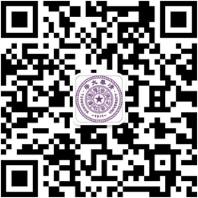Pieter de Wilde, professor at Plymouth University, visited the Department of Architecture Science and Technology. During his lecture, professor Wilde introduced a new book on building performance analysis in the field of architectural technology that summarized current and future trends and challenges in the field.

Professor Pieter de Wilde during his talk
Professor Wilde began his talk with a discussion of the key concepts in the field of building performance, introducing the four main methods of practice testing, computer simulation, and expert and user-based evaluation.
Practice testing is a traditional method of directly obtaining information on building performance, and comprises several measurement contents. Besides single point testing (for a specific moment in time), it can be used to monitor a building over a long period of time shown in a performance curve. Actual measurements are obtained from laboratory testing and field application testing, with the main difference being the control of all variables (mainly indoor personnel). Typical field measurements for building performance include artificial climate, thermal environment field and wind tunnel experiments.
User-based evaluation refers to a survey that evaluates the user satisfaction with building performance, which is a comparatively subjective research method.




